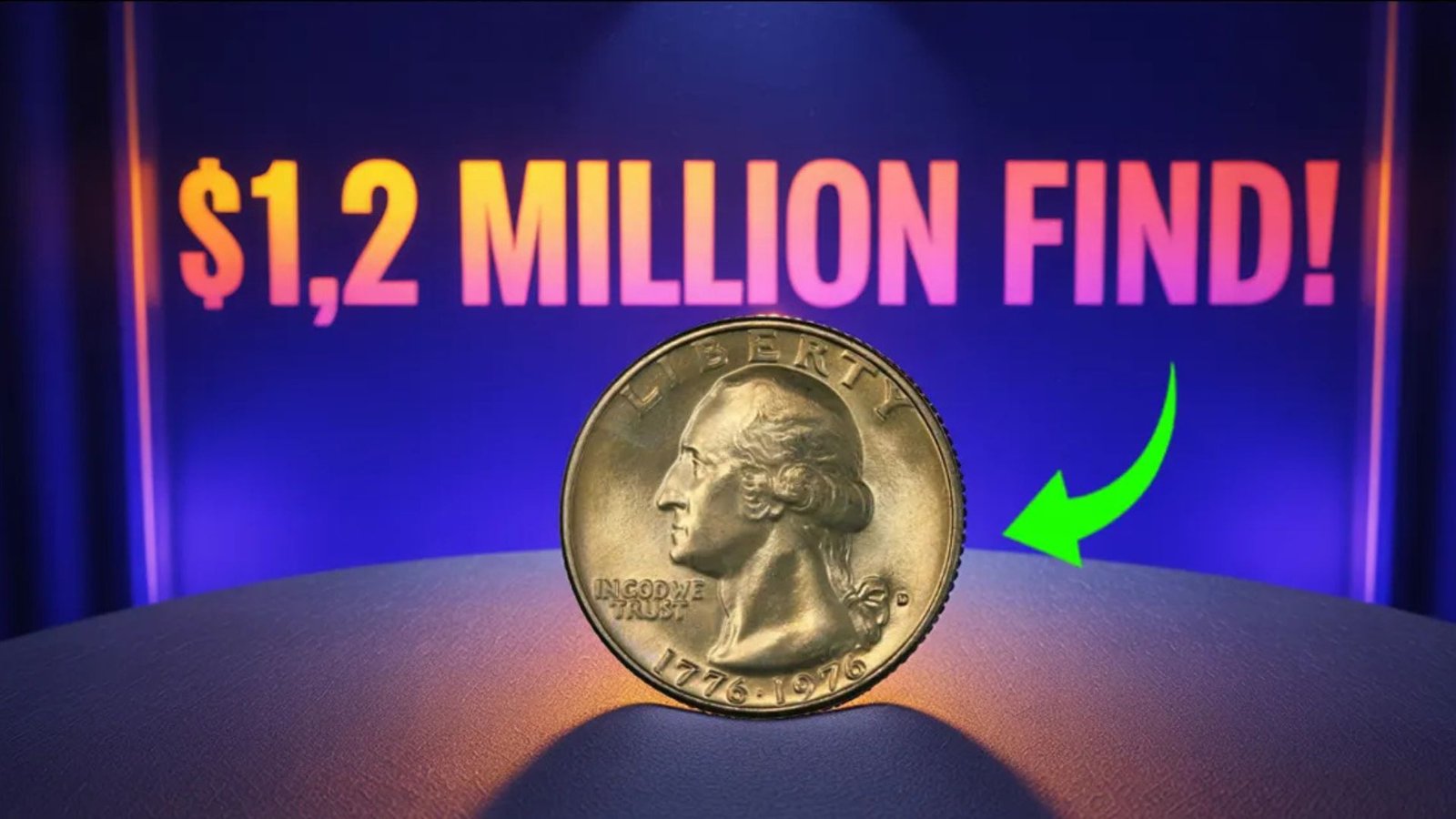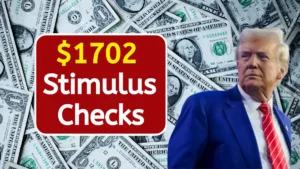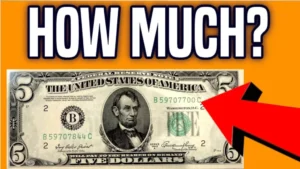The 1976 Bicentennial Quarter, created to celebrate America’s 200th birthday, is more than just pocket change. While most of these quarters are worth only 25 cents, some rare versions have sold for millions, with one reportedly valued at $3.1 million. This guide explains what makes these coins so special, how to spot them, and why collectors are so excited. Keep reading to learn how you might find a treasure in your change!
What Is the 1976 Bicentennial Quarter?
The 1976 Bicentennial Quarter was minted to honor the United States’ 200th anniversary of independence. Unlike regular quarters, it has a unique design. The back features a colonial drummer boy with a torch and 13 stars, symbolizing the original 13 colonies. The front shows the dual dates “1776-1976.” These coins were made in 1975 and 1976, but none carry a 1975 date.
Why Is It Special?
Most Bicentennial Quarters are common, with over 1.6 billion produced across mints in Philadelphia, Denver, and San Francisco. However, certain rare versions stand out due to unique features or mistakes made during production. These rare coins can be worth a fortune, making them a dream find for collectors and anyone checking their loose change.
Why Are Some Bicentennial Quarters So Valuable?
Certain 1976 Bicentennial Quarters fetch high prices because of specific traits. Here’s what makes them valuable:
Key Features of High-Value Quarters
| Feature | Description |
|---|---|
| Minting Errors | Mistakes like doubled designs or off-center images make coins unique. |
| Silver Content | Some were accidentally made with 40% silver instead of copper-nickel. |
| Mint Mark | Coins with an “S” (San Francisco Mint) are often more valuable, especially in perfect condition. |
| Condition | Coins in mint or near-mint condition are worth more than worn ones. |
- Doubled Die Errors: The design looks slightly doubled due to a minting mistake, making these coins rare and valuable.
- Silver Planchet: Some quarters were struck on 40% silver blanks meant for special collector sets, increasing their worth.
- San Francisco Mint: Quarters with an “S” mint mark, especially silver proof or uncirculated ones, are prized by collectors.
- High Grade: Coins in excellent condition, graded MS67 or higher by professional services, can fetch thousands or even millions.
How to Spot a Rare 1976 Bicentennial Quarter
Finding a valuable quarter takes a keen eye. Here’s a simple guide to check your coins:
Steps to Identify a Valuable Quarter
- Check the Date: Look for “1776-1976” on the front.
- Inspect the Edge: Silver quarters have a solid silver edge, while regular ones show a copper stripe.
- Look for the Mint Mark: Find a small “S” near the date for San Francisco coins. No mark means Philadelphia, and a “D” means Denver.
- Examine for Errors: Use a magnifying glass to spot doubled lettering or misaligned designs.
- Get It Appraised: If you suspect a rare coin, take it to a professional grader like PCGS or NGC for an accurate value.
Where to Find These Coins
Rare Bicentennial Quarters might still be in circulation. Check these places:
- Loose change from daily transactions
- Old piggy banks or coin jars
- Family heirlooms or inherited collections
- Flea markets or coin shops
- Vending machine change or bank rolls
Why Collectors Love These Quarters
The 1976 Bicentennial Quarter is more than money—it’s a piece of American history. Its connection to the nation’s 200th birthday makes it special. Stories of rare quarters selling for millions, like a 1976-S silver proof quarter reportedly valued at $3.1 million, fuel excitement among collectors and everyday people. Coin collecting, or numismatics, combines history, treasure hunting, and the thrill of finding something valuable in your pocket.
Tips to Start Your Coin Hunt
You don’t need to be an expert to find a rare Bicentennial Quarter. Here’s how to get started:
- Check Your Change: Look closely at every quarter you get.
- Visit Coin Shops: Local shops or online forums offer tips and coins for sale.
- Learn About Grading: Understand how coin condition affects value.
- Get a Magnifying Glass: Spot small errors that make a big difference.
- Consult Experts: Have a professional appraise any coin you think is special.
Conclusion
The 1976 Bicentennial Quarter is a reminder that everyday objects can hold incredible value. While most are worth just 25 cents, rare versions with errors, silver content, or perfect condition can be worth millions. By checking your change, coin jars, or old collections, you might uncover a hidden gem. Start your treasure hunt today, and who knows—you could find a quarter that changes your life!
FAQs
Are all 1976 Bicentennial Quarters valuable?
No, most are worth only 25 cents. Only those with rare errors, silver content, or in perfect condition are valuable.
How do I know if my quarter is silver?
Check the edge. A solid silver edge means it’s 40% silver, while a copper stripe means it’s copper-nickel.
Where can I sell a rare Bicentennial Quarter?
Sell through coin dealers, auctions, or online marketplaces like eBay. Get it appraised first by PCGS or NGC.
What’s the highest price a Bicentennial Quarter has sold for?
Some sources report a 1976-S silver proof quarter valued at $3.1 million, though most high-value sales are much lower.
Can I find a rare quarter in circulation?
Yes, rare quarters might still be in pocket change, coin rolls, or old collections.




